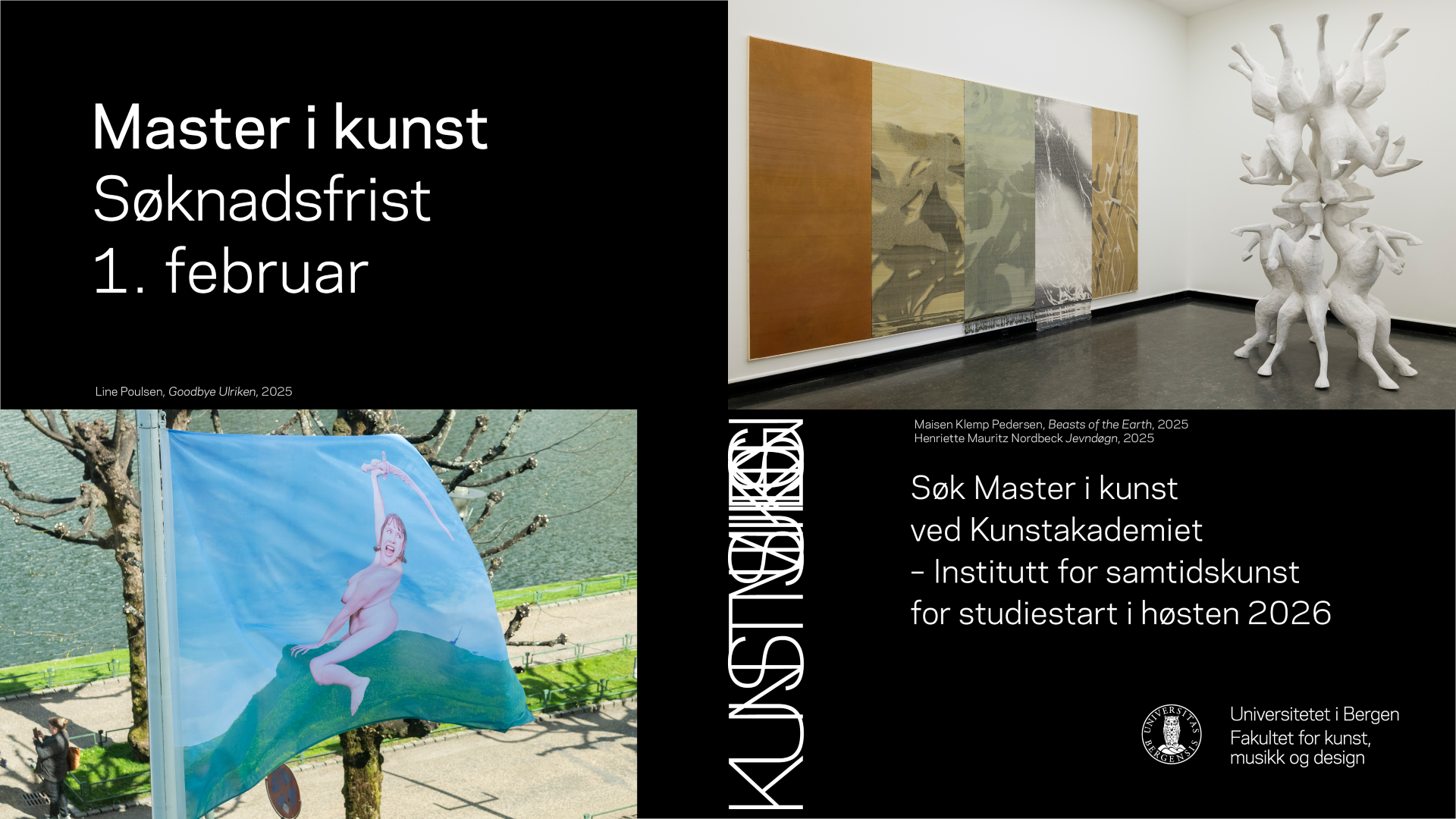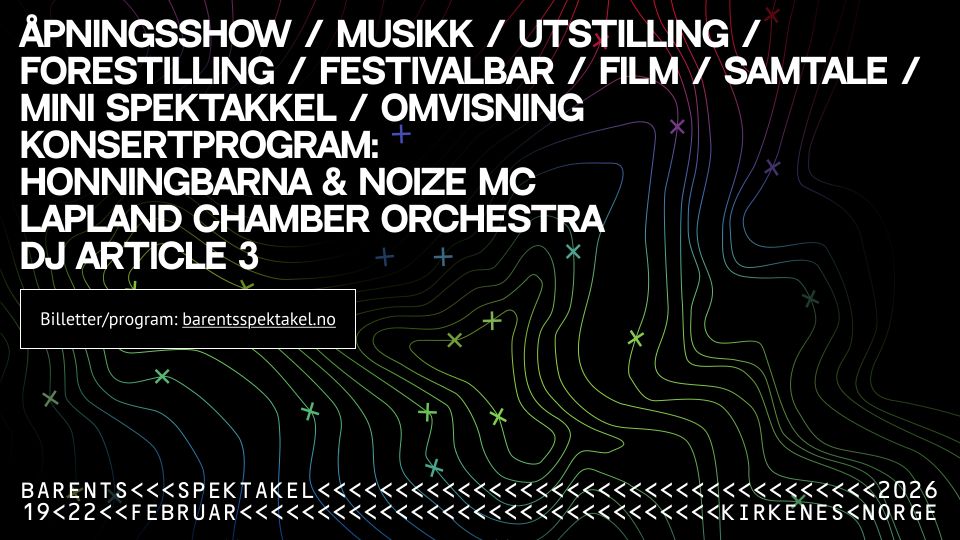
We are admitted to Ann Veronica Janssens’s installation Blue, Red and Yellow (2001) in small groups, eight people at a time. “Hurry up inside,” says the guard as he ushers us in, as if he were afraid that the installation would escape through the half-open door, from which tendrils of smoke are already pouring.
Inside, we are enveloped in a thick mist saturated with colour, and I instantly lose my bearings. As I move forward tentatively, the colours change, blend, and merge from light blue to pink and from pink to yellow. It’s like being inside an abstract painting, or in a kind of sensory deprivation tank where our bodies float in colour. Just like in an isolation tank, I’m gripped by equal parts claustrophobic panic and a weird zen-like weightlessness that lets me just float away on the currents of colour.
This is often the case with Belgian artist Ann Veronica Janssens’s (b. 1956) works. They are so ethereal and transparent that we might think they’d simply drift away at the slightest gust of air, yet also engage the senses so emphatically and have such a strong presence in the room that we cannot remain unaffected by them. On the one hand, they affect our bodies and disrupt our perceptual faculties; on the other, they are insubstantial, almost nothing.
In an adjoining room, for example, we come across the work Untitled (White Glitter) from 2016, which consists of cascading handfuls of glitter scattered onto the floor where it now lies sparkling, poised somewhere between the realms of very physical painting and very minimal sculpture. From one angle, it looks greenish, but as we circumnavigate the heap we see the light catching different parts and particles, shimmering in shades of pink and blue. The work activates our body and perception in very concrete simple ways, and even though it remains completely still, it seems to change as we perform along with it. Perception becomes fluid, and we grow uncertain about what we’re actually looking at. Is it really just glitter?
Louisiana made the excellent decision to leave the works alone in a presentation that involves as few effects and devices as possible. There are no custom-built spaces, no scrumptious wall colours, funky lighting, or informative wall texts. The works are not screened off or placed on plinths, a lack of confinement that allows them to merge seamlessly with the architecture of the place. This imbues the exhibition with a sense of delicacy that is partly visual, partly very concrete: one can only assume that a work such as Untitled (White Glitter) will take on different forms over time as more and more visitors move past. Perhaps the fine-grained glitter will rise up into the slipstream of people passing by, eventually disappearing entirely?
Glass is Janssens’s preferred material, and one of the exhibition’s recurring elements is a certain simplicity of materials used. Here, the optical shifts and displacements are not created by the kind of technologically complicated representations of natural phenomena employed by visually similar artists such as Olafur Eliasson or James Turrell; rather, the effects are created by entirely everyday materials.

In the exhibition’s first room, we encounter a series of transparent sheets – three layers of glass with two differently coloured filters in between – of a size that relates directly to the scale of the human body as well as to the format of traditional painting. These sheets also shimmer and change colour depending on the angle of approach, mirroring the room and each other while casting shadows of unexpected tints. Optical illusions, true, but illusions which are quite easy to see through without references to anything other than the work’s own materiality and the effects it has on us and the space it inhabits.
In a few places, it all gets so minimal that I begin to doubt whether there is any effect to be found at all. A large and quite empty hall contains five bicycles which visitors can ride around the room, taking in the empty museum space. The bicycles resemble those of public bike share schemes, but the spokes have been replaced by shiny metal plates which reflect the light, sending out bright flashes as they move. While I certainly saw the otherwise solemn museum from a different angle as I went round and round like this, I am not entirely sure what sort of mental reflections the visual experience of dancing light spots really created.
One of the works on display was created specifically for Louisiana and its architecture. It consists of an intervention in what may be the museum’s most distinctive space: the small room in the south wing overlooking the Sound. Here, the lower parts of the windows have been fitted with an extra layer of glass filled with paraffin oil. Because the oil refracts light differently, the horizon seems to bend when viewed through the glass, causing Sweden’s coastline to go all woozy. The piece eloquently sums up the feel of the entire exhibition, offering a lens through which we can see the world anew. This may sound banal, and in places it is, but when it works, it is extremely effective.









